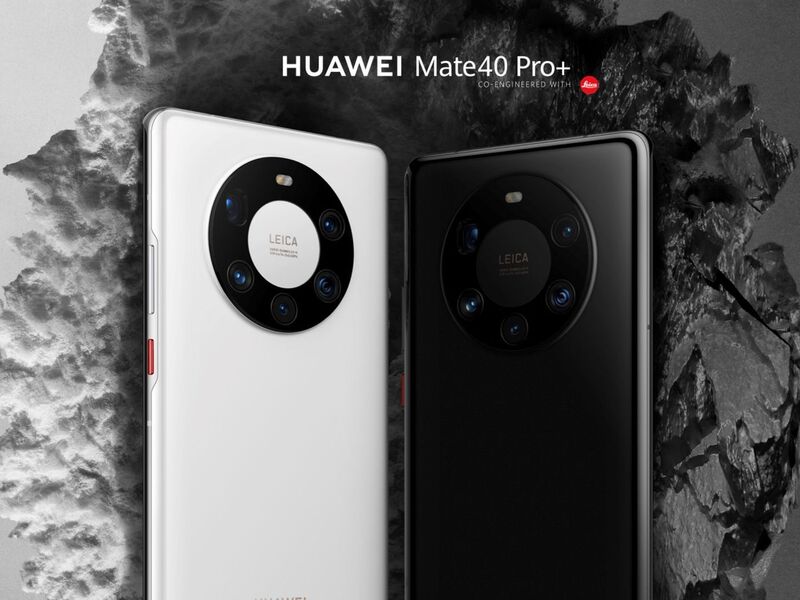Unless you’re a pro photographer, the chances of having an actual camera nearby at that crucial moment are slim. Your phone, on the other hand, is basically an extension of your arm. These powerful phone cameras will make sure you get the shot – even if you know nothing about photography and don’t really know that much about smartphone technology either.
iPhone 12 Pro Max
Best for: Portraits; Apple fans
Specs: Rear camera 12MP wide (ƒ/1.6); 12MP ultra-wide (ƒ/2.4); 12MP telephoto (ƒ/2.2) | Front camera: 12MP (ƒ/2.2)
The main wide lens on this phone camera has a bigger sensor, which lets in more light, so you can take better photos in low-light conditions. It also uses a type of sensor called Lidar, which gives it faster autofocus – great for snapping uncooperative kids and animals. The other two lenses at the back allow for wide angles and zoomed-in shots respectively. All the lenses at the back, as well as the selfie cam, will give you good resolution. In video mood, there’s a handy image stabilisation system that prevents the jumpiness that used to be a hallmark of home videos. In portrait mode, you can get beautiful warmth and natural tones coming through, even at night, and there are six lighting modes to choose from.
Bonus features: ProRAW mode gives photographers more editing options. It can go up to six metres underwater for 30 minutes.
Tip: If you intend to print your pics, save them in best-quality high-res, especially if you plan to blow them up big for framing. Storage options on this phone go up to 512GB.

Samsung Galaxy S21 Ultra
Best for: Holidays; video
Specs: Rear camera 108MP wide (f/1.8); 12MP ultra-wide (ƒ/2.2); 10MP telephoto (3x zoom, f/2.4); 10MP telephoto (10x zoom, f/4.9) | Front camera: 40MP (ƒ/2.2)
With the zoom capability of this phone camera, you could take it to the bush and finally come back with visible evidence of the leopard you saw in a tree – especially with its great light balance outdoors, which gives you crisp, vibrant photographs. Thirty scene optimiser settings help you get the best shot. It also produces clear, focused selfies. Even if you don’t know much about videography, the camera will help you shoot smooth, steady, high-definition videos.
Bonus features: Director’s view lets you use the different cameras at the same time and switch between lenses with a tap – very handy for content creators. Water-resistant.
Tip: For precision editing, use a stylus rather than your finger. This phone supports Samsung’s S Pen.

Huawei Mate 40 Pro
Best for: Mode options
Specs: 50MP main (f/1.9); 20MP ultra-wide (f/1.8); 12MP telephoto (f/3.4) | Front camera: 13 MP wide-angle; 3D depth-sensing camera
The cameras on this phone are exceptional. They take great portraits, work well in low light conditions and it has good zoom functionality. What non-pro photographers will really enjoy, though, is the vast number of modes, which include a moon photography setting and super slo-mo video. The ultra-wide camera doesn’t give you the distortion you would normally get in wide-angled shots.
Bonus features: Tracking Shot keeps your subject in focus when you shoot video, whether it’s a toddler on the run or a skateboarding teen. Different modes on the selfie cam automatically adjust to create the best individual and group shots.
Tip: Keep platform in mind when shooting video – horizontal for YouTube and Facebook. Vertical for Instagram and TikTok.

Huawei Nova 8
Best for:
Specs: 64 MP main camera, 32 MP secondary camera
The Huawei Nova 8 Pro houses four rear-mounted cameras including, a 64MP wide-angle main camera, an 8MP ultra-wide-angle lens, a 2MP depth-of-field lens, and a 2MP macro lens. With sufficient light, the phone’s imaging style is clear and sharp, while the colours are slightly brighter than what you see in real life. Huawei Nova 8 Pro has a 2MP macro lens, and you can take super macro photos by selecting the “Super Macro” function in the camera application. The straight-out macro photos have well-defined details, coupled with a decent background blur effect. The phone offers an impressive dynamic range of performance when capturing photos.
Bonus features: Te Nova 8 Pro standard mode does not enable AI scene recognition and HDR. The dynamic range of the photo, however, is pretty good, considering that the sky is not exposed and the details of the backlit building are bright and rich.
Tip: Have you been taking images in hopes of becoming a photographer? For #WorldPhotographyDay, tag us in your stories sharing your first photoshoot vs. how far you’ve come, and you can stand a chance to win a device to move you further to your dream!
Available for purchase on the 7th of September

